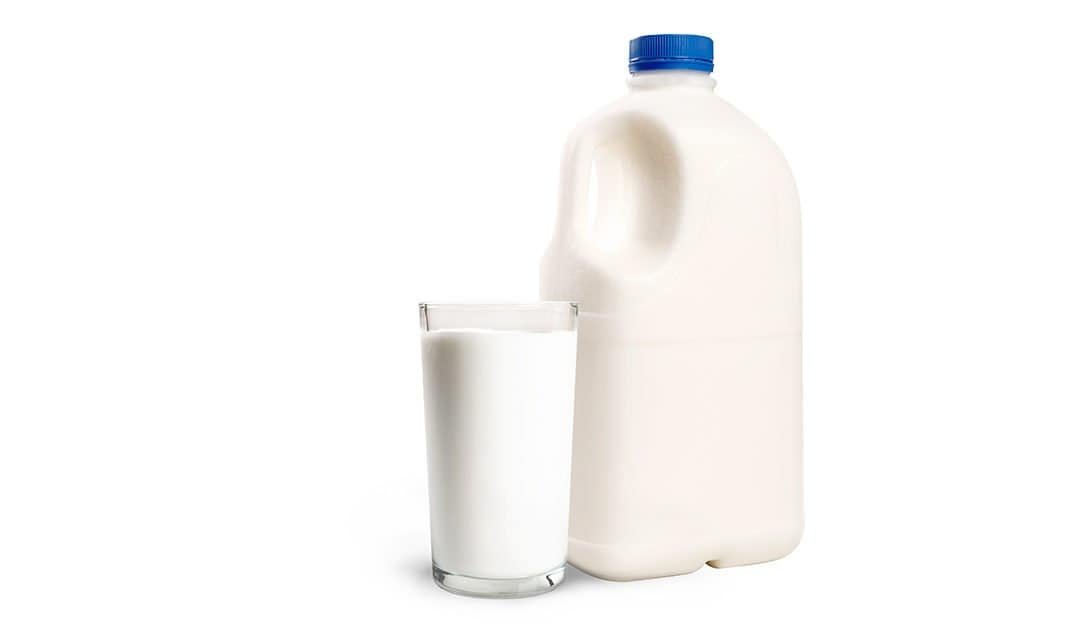
Got Milk… jugs? Now made from HDPE
Why food safe HDPE plastic replaced glass as the go-to milk container.
Many of you, should you be older than 60, may remember the “Milk Man”. This delivery service from decades ago, was a most common way of transporting milk to the consumer. Back then, suppliers used glass bottles, delivered by this milk man, right to your front door.
HDPE is Food Safe
When looking at alternatives, the milk processing industry found a use and benefit from replacing the glass with a plastic called High Density Polyethylene (HDPE). But what is HDPE, and what are the benefits of using it?
One of the characteristics of this thermoplastic is the weight of the material. The reason this is so beneficial brings us back to the milk jug. Old style glass milk containers could hold 32 oz., with the empty glass weighing 1.25 lbs. An empty gallon water or milk jug (128 oz.) weighs in at only 0.25 lbs, and holds 4 times more volume. When full, the milk jug can hold more volume than the glass bottle without compromising the strength, especially when being transported. This lowers the overall transport time and significantly reduces the cost of shipping.
This drop in weight and large increase in capacity is why the industry made the switch. The attribute of high durability in plastic materials like HDPE is known as the “strength to weight ratio”. As already mentioned, this was a huge benefit from switching to HDPE containers – the impact it has on transport costs. The high impact resistance of the material allows for easy transport. The HDPE jugs can withstand the jarring and bumping that is a natural part of mass transit, with almost zero wear or breakage to the product. Compared to the glass bottle, too hard of a turn or a pothole in the road could lead to the disheartening sound of shattering glass… not an ideal result for the distributing company. The HDPE impact resistance still holds true through out the supply chain, and even when the containers enter a store or home. If a HDPE milk jug should fall, the plastic container may spill, but it won’t cause the harm or damage that glass would. Broken glass poses a hazard and a risk, whereas plastic in this case can be easily cleaned, recycled, and used again.
When discussing this topic, the argument of recycling and sustainability sets its sights on plastics. In reality, the carbon footprint of plastics is much smaller than that of glass. The amount of heat necessary to heat up plastic for recycling is dramatically lower than that of glass, making it more sustainable in the long run. Yes, both are 100% recyclable, but the amount of fuel necessary plays a big factor. The temperature needed for melting and processing HDPE is between 248 and 356°F depending on grade. Whereas glas
Immensely versatile HDPE applications
HDPE has many more uses, like in structural tanks, FDA approved cutting boards and industrial piping systems. This material outweighs most alternatives in benefits due to it’s cost and performance, and is produced in sheet and rod by many major manufacturers in the USA. HDPE plastics are FDA and NSF approved for food applications, making HDPE a food safe product for most food processing and packing applications. For more details on HDPE and it’s benefits see Industrial Plastic Supply or call 866-832-9315
What other applications could benefit from newer and improved materials to make our world safer, cleaner and more efficient?
Co-author: Graham Hess